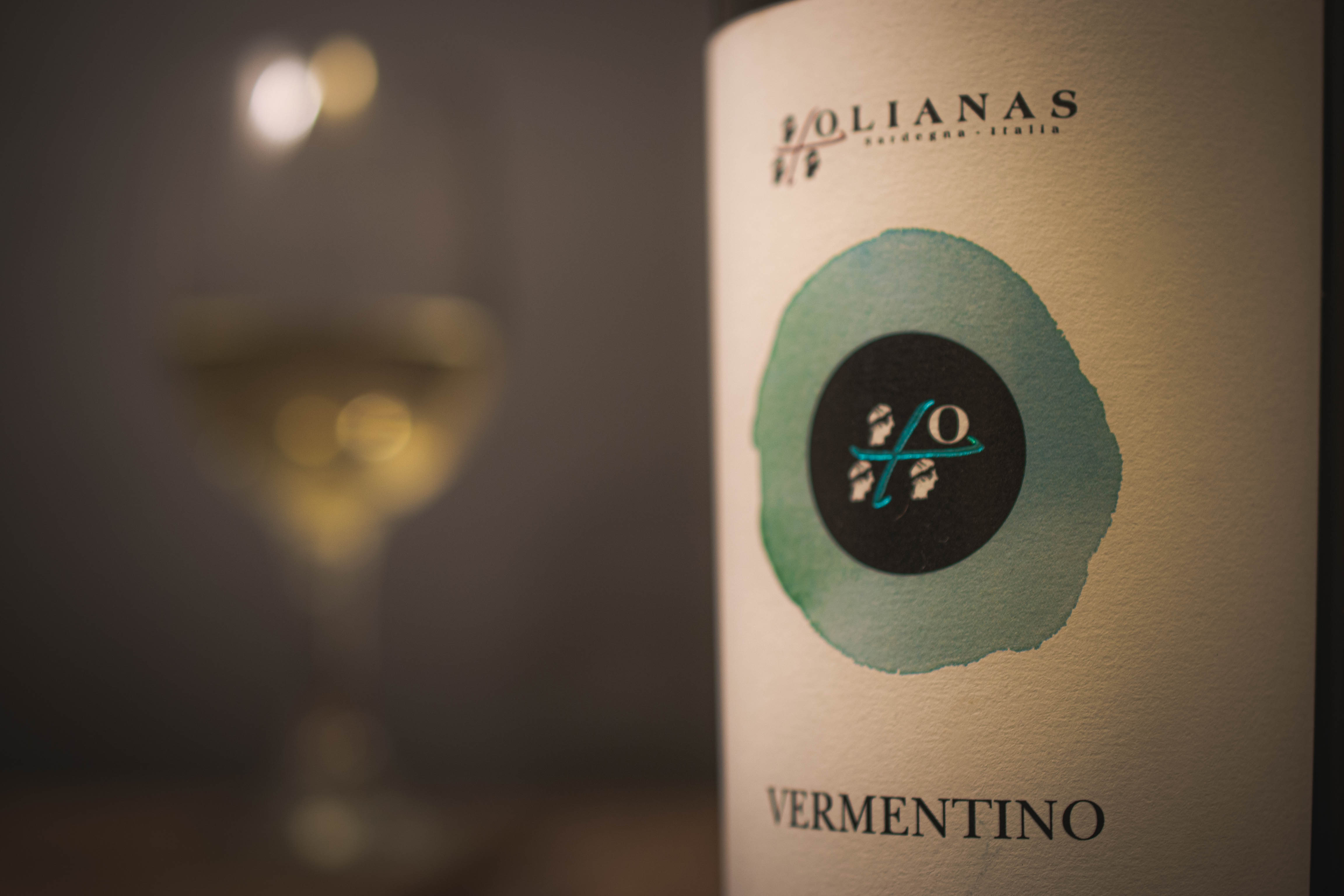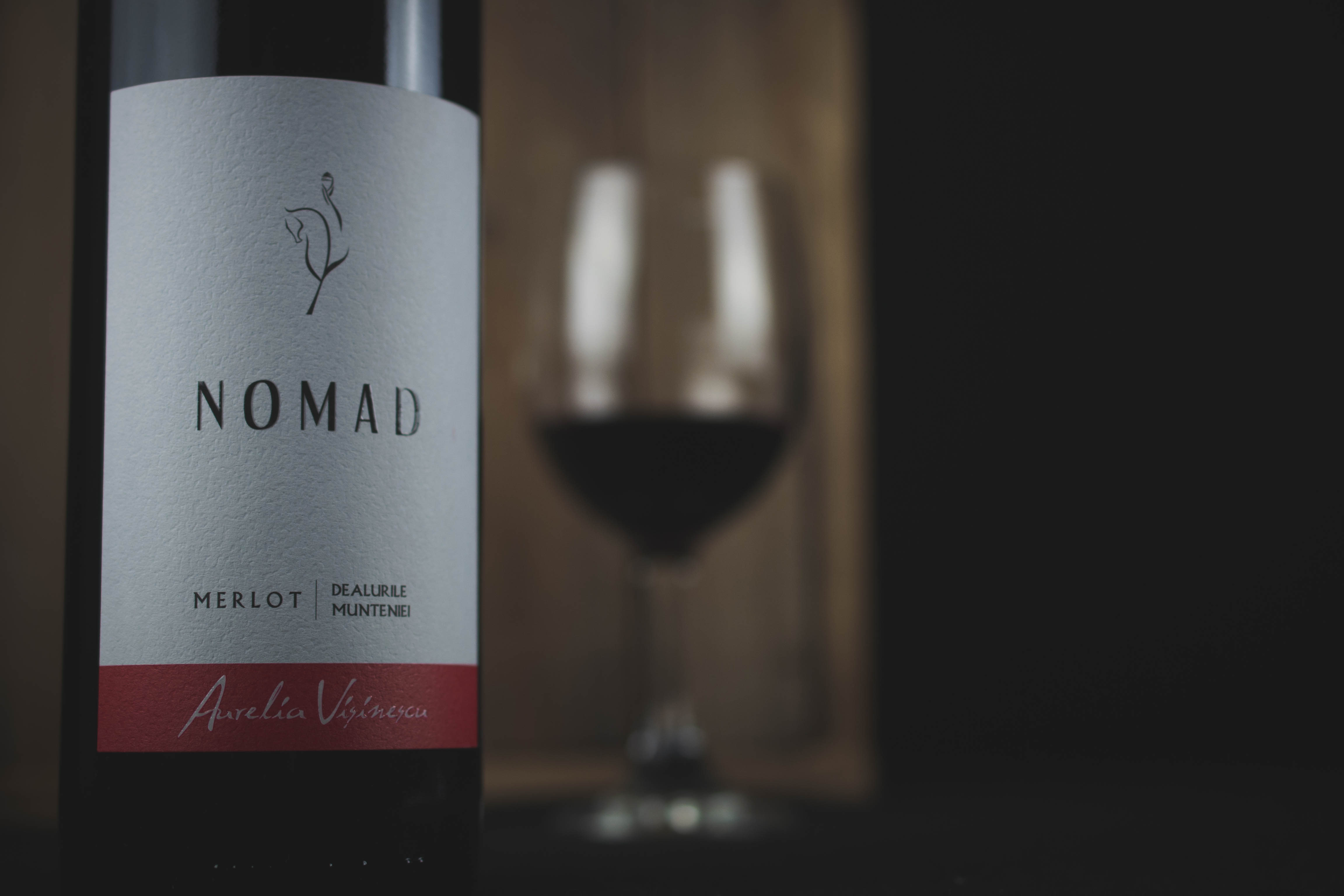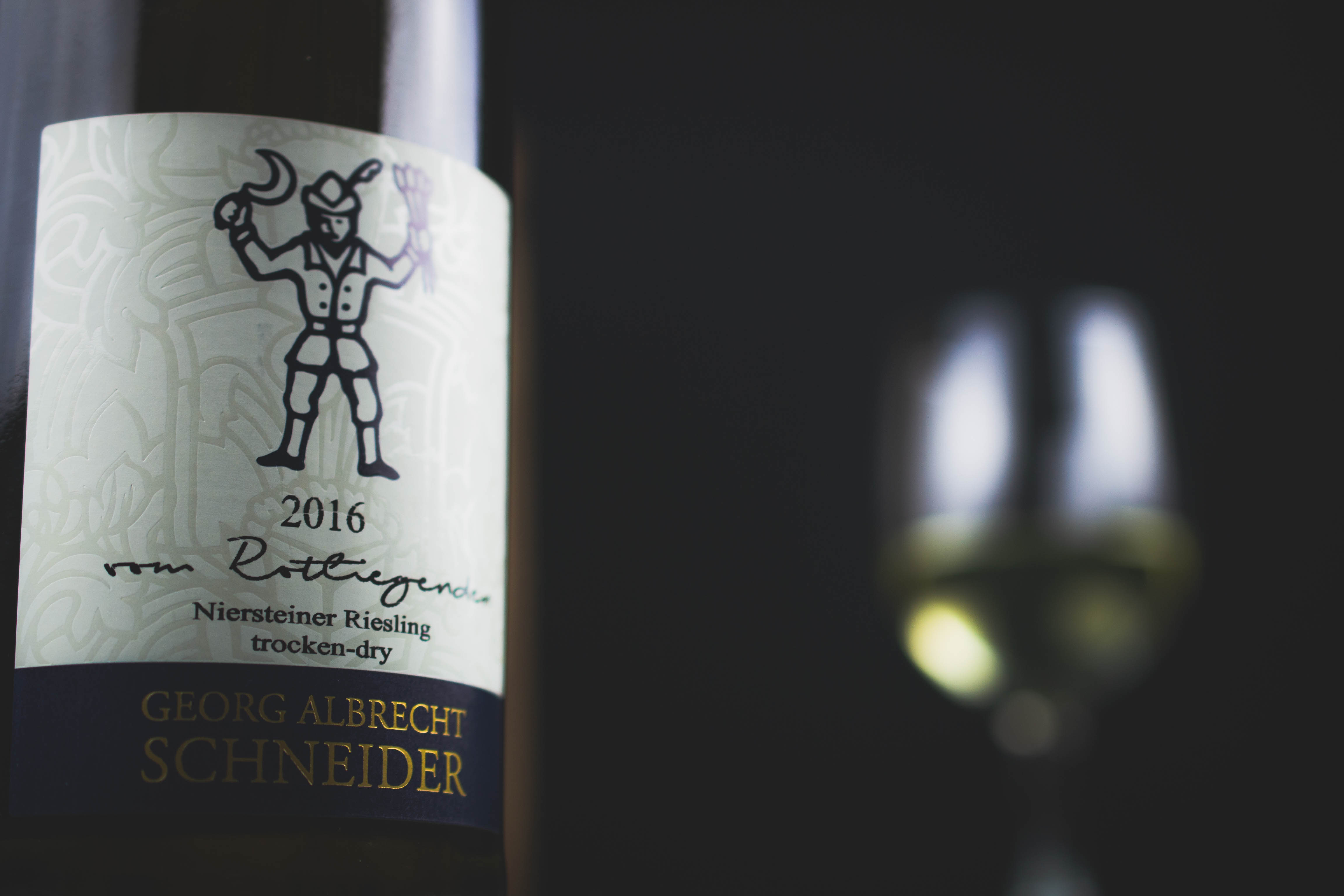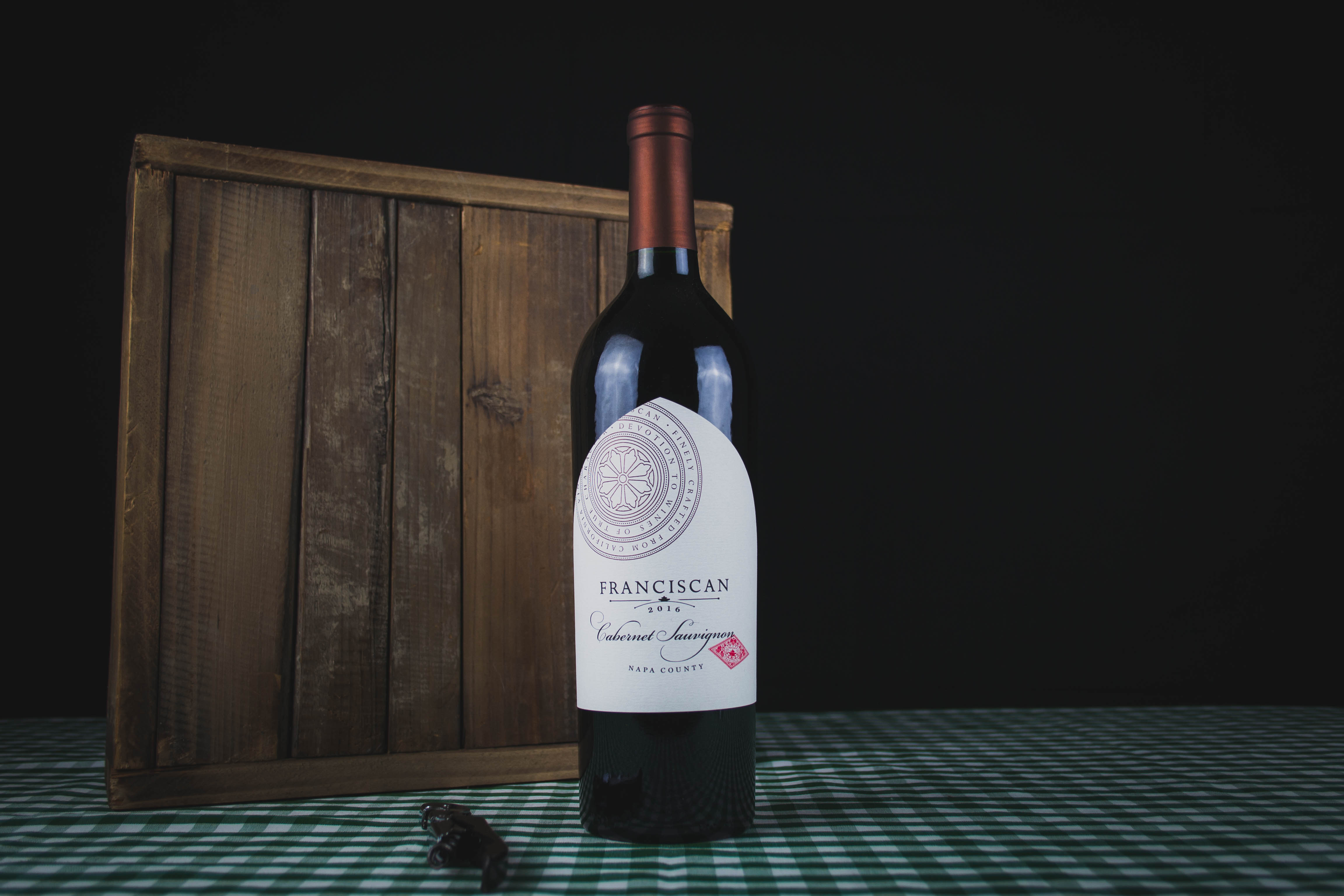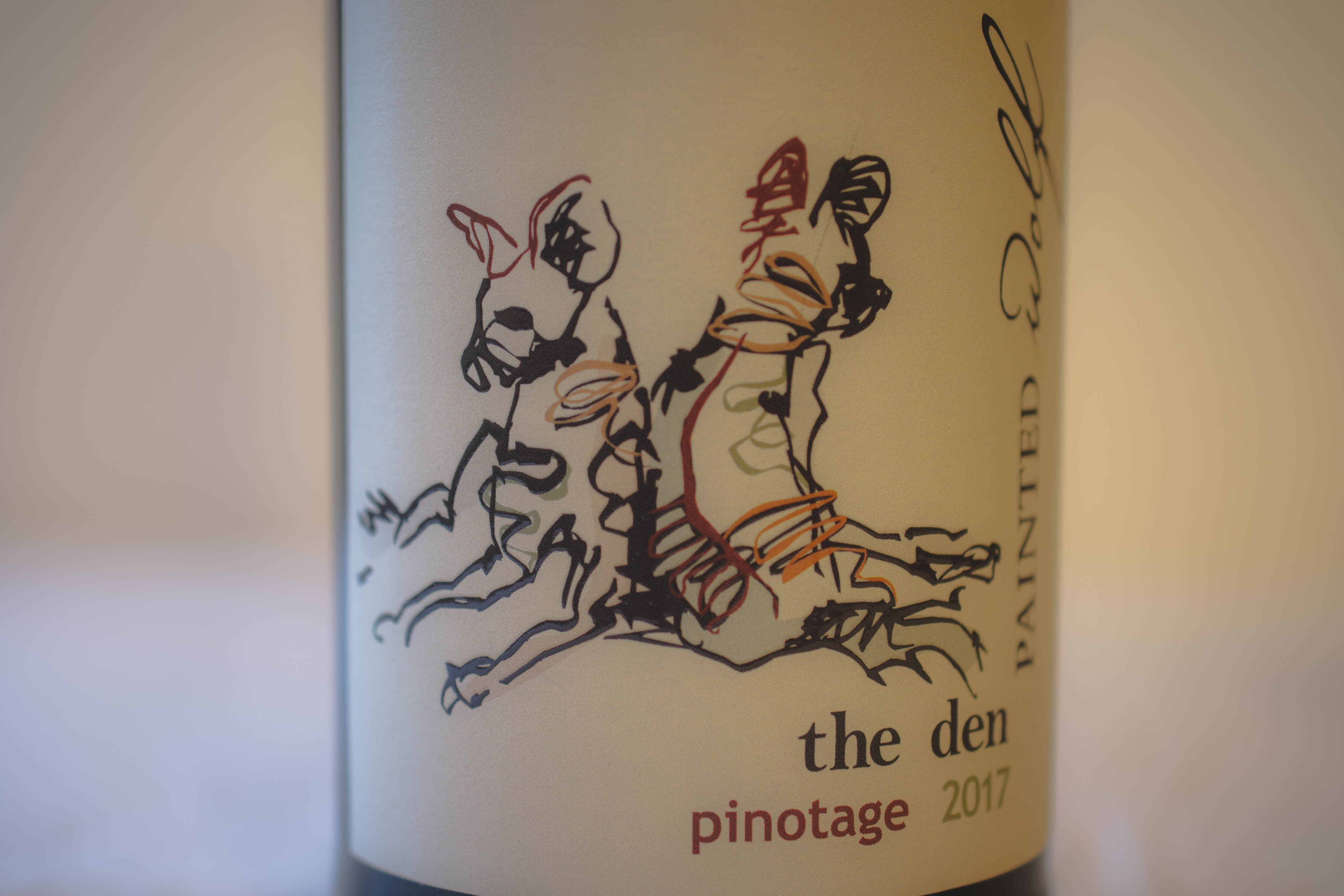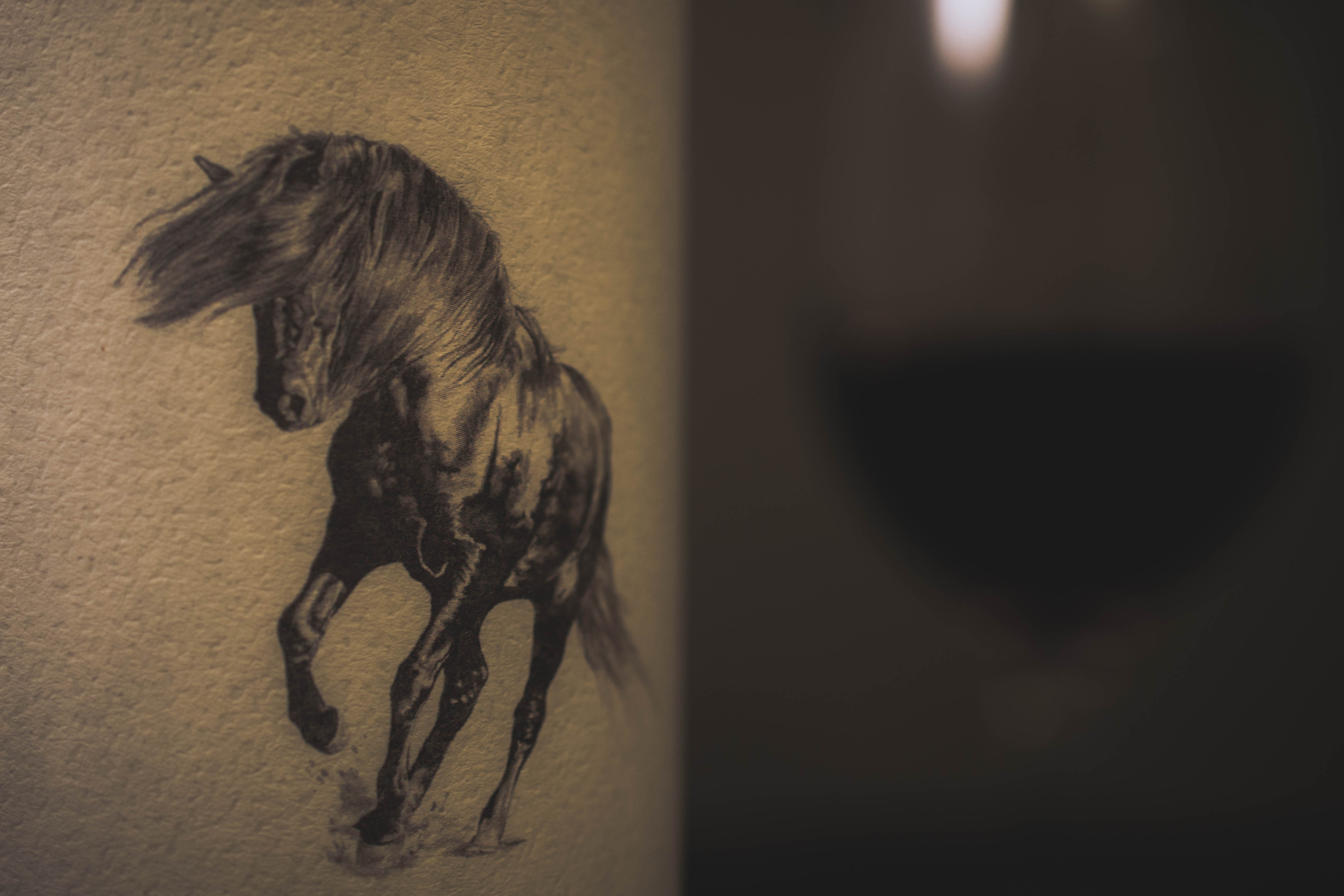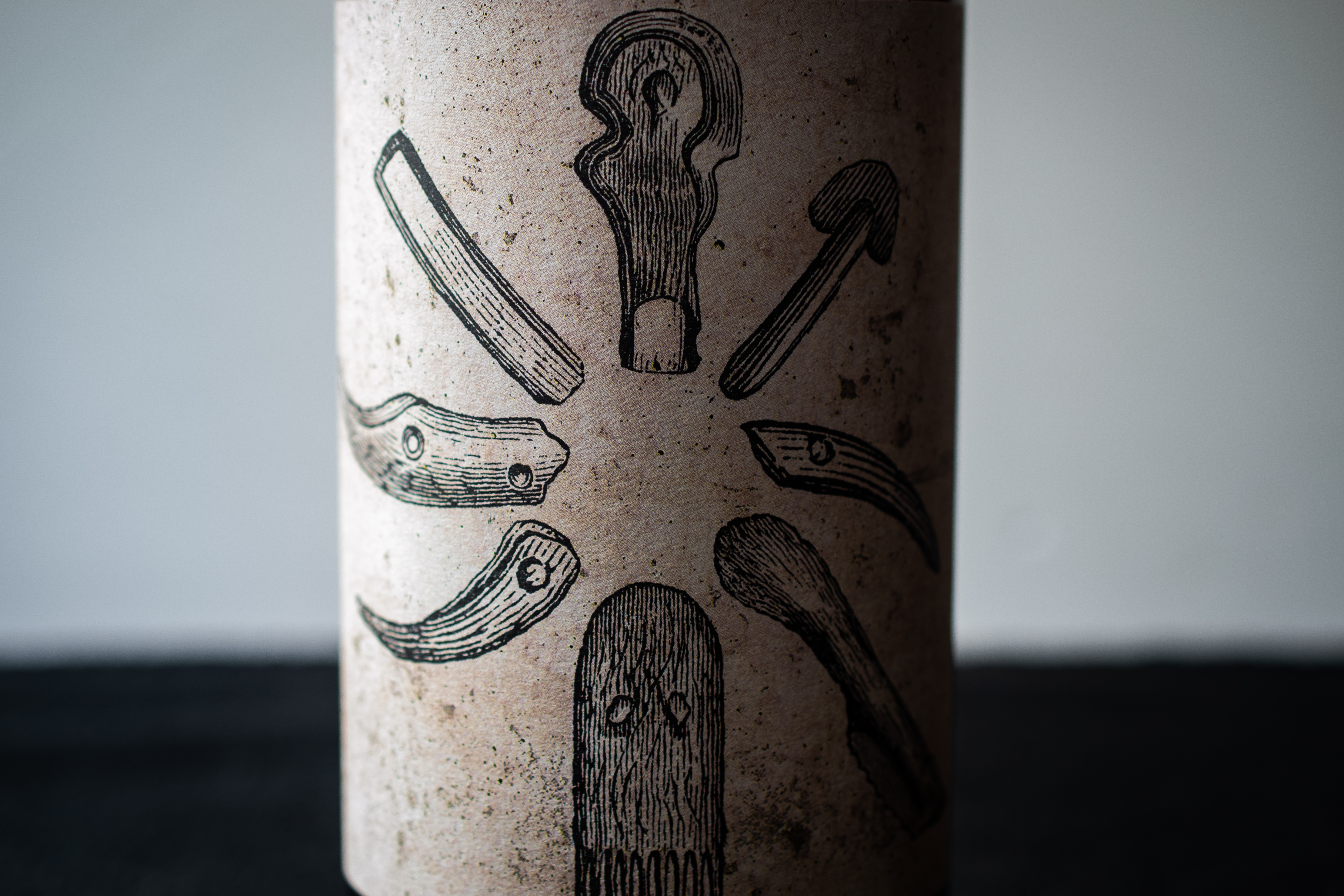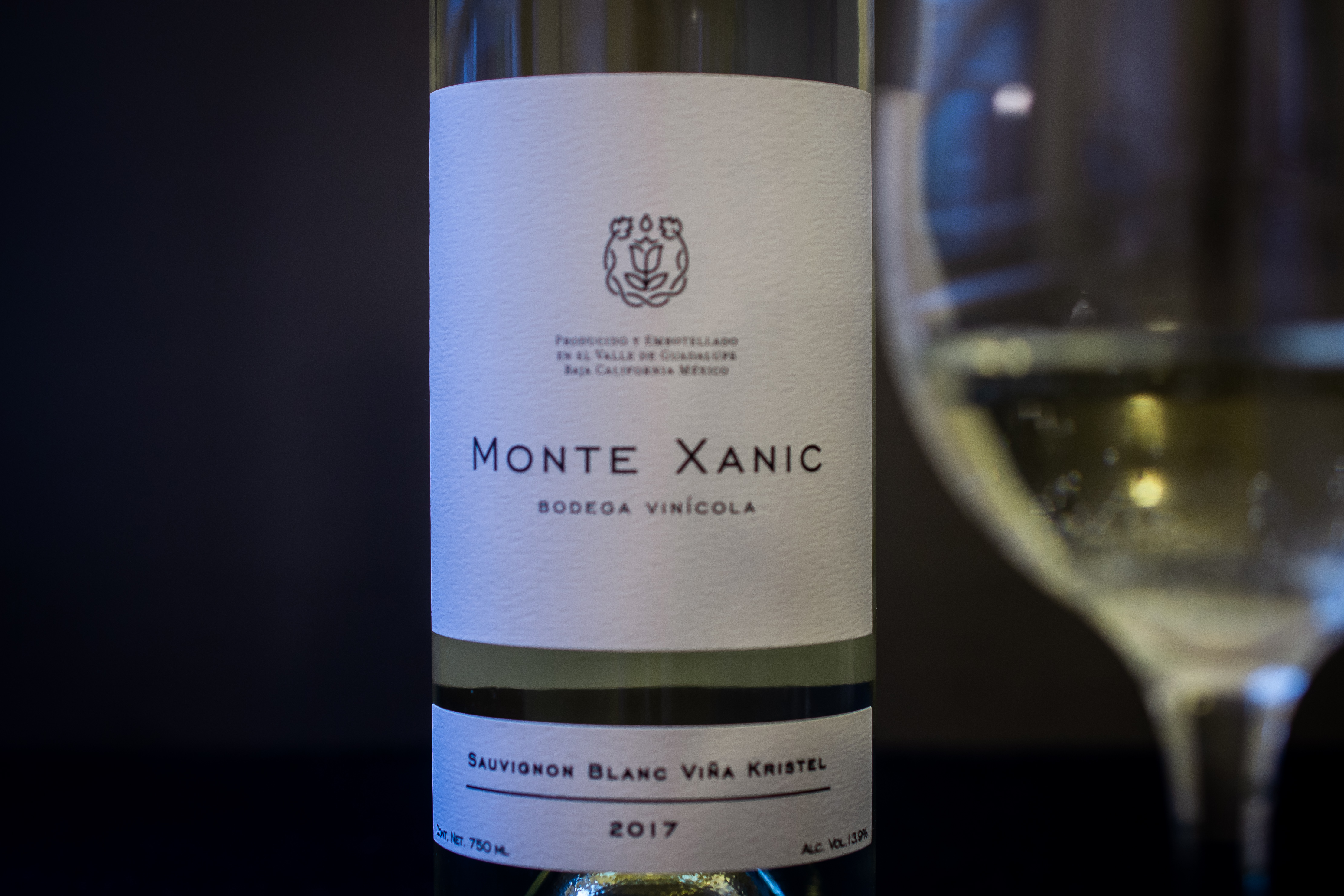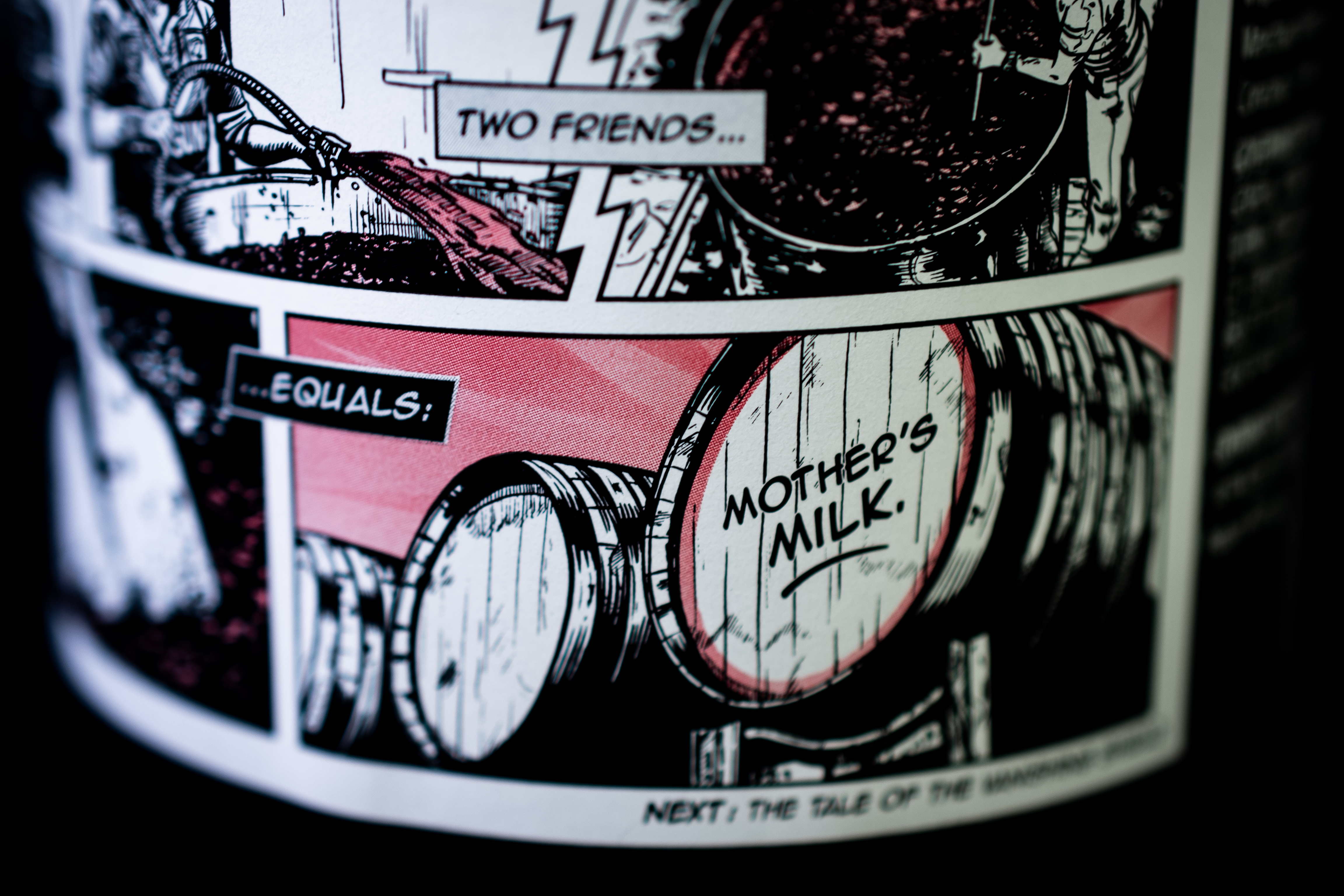I’ve been staring at a blank screen for nearly three weeks, trying to figure out how I want to talk about this wine. Writer’s block may be a tired cliché in television or movies, but that doesn’t make it any less real. I know from past experience there’s not an epiphany around the corner that’s going to make all my jumbled ideas fall in place. No, I have to work through this the hard way. It isn’t about some lack of inspiration, but crippling self-doubt, the unshakable belief that whatever I say is irrelevant and it’s only a matter of time before everyone sees me as the useless hack I really am. That’s not the kind of thing that gets fixed by some casual acquaintance unwittingly offering sage advice in the form of a new perspective, but rather self-reflection and the confrontation of uncomfortable truths. Sometimes you just have to step away, clear your head, sit back down at the keyboard, and try again. The grand irony here is we’re not talking about some would-be best seller, I’m just reviewing a wine.
One of the things I’ve learned in my short time blogging is that the act of generating content can be inconvenient. For example, if I buy a bottle of wine to bring home, I can’t just open it and start drinking. Oh, no! It must be documented for further musings on my website in the future. Sometimes the thought of setting up the lights and crawling around on the floor for half an hour to take photos is unappealing at best. Maybe you really aren’t into it that night, so you phone in the photos and take quick, vague, notes. Hell, maybe it was 11:30pm, and you just wanted to enjoy a glass of wine after work. Fast forward to four months later, when you’re trying to articulate your thoughts, and you suddenly discover that perpetually lazy past version of yourself has screwed you over yet again.
C’est la vie.

In the end, I suppose I could just skip this bottle. Take a pass and move on, hoping for better results in the future, but the truth is, I really enjoyed this one. I want to talk about it. I’ve been looking forward to it. So, let’s cut the shit; all the pissing and moaning, anxiety, self-doubt, the time I got embarrassed because someone saw me do something stupid, the time I said something that hurt someone’s feelings, the daily dissatisfaction I have with whatever aspect of my life, basically, all the mental clutter that is for some reason in the way, and brush it aside so we can focus on what’s important: the wine.
Back in February we were hosting multiple tastings, bored with our existing wine, list we wanted to bring it to life with an infusion of new ideas. This is one of the wines we were considering around that time. In the end, it didn’t make the cut, but it did provide me with the opportunity to sample my first Vermentino, a grape I was completely unfamiliar with. If you’ve anything I’ve ever written, you know I love Alsatian wines, and this new wine shares a lot of those same characteristics, crisp and mineral, with a high, palate-cleansing, acidity. It was like falling in love with someone who looks a lot like an ex, without all the messy emotional trauma that follows.
Sardegna is the second largest island in the Mediterranean, sitting just across the Tyrrhenian Sea from Italy. In reading about grapes it’s not uncommon to find references to Sardegna, or the neighboring French island of Corse, as both names frequently come up, especially around disputed claims of origin for particular grape varieties. This, however, is the first time I’ve had a wine from either place.

Olianas is a young winery, tracing their origins back to the beginning of the century. Their Vermintino di Sardegna 2017 had a lovely array of flavors, like lychee, bell pepper, wet stone, and honeysuckle. It was crisp and refreshing, the kind of bottle that mysteriously disappears before you’re ready to be finished with it. More than any of the other wines we sampled, this stuck in my memory. After one encounter, I swore I was going to explore this grape, and region, further. There will be a second bottle, and probably a third. In other words, if you’re planning to pick up one, you might as well buy two.
If there were any truth to the portrayal of writer’s block on film and television, this wine would be the cure, not the cause. We’re half way through the year, I’ve tried a lot of wine, and very few of those have managed to lodge themselves so firmly in my poor hack brain as this one. It is without a doubt, an inspiring wine, but inspiration doesn’t finish projects, it begins them.
